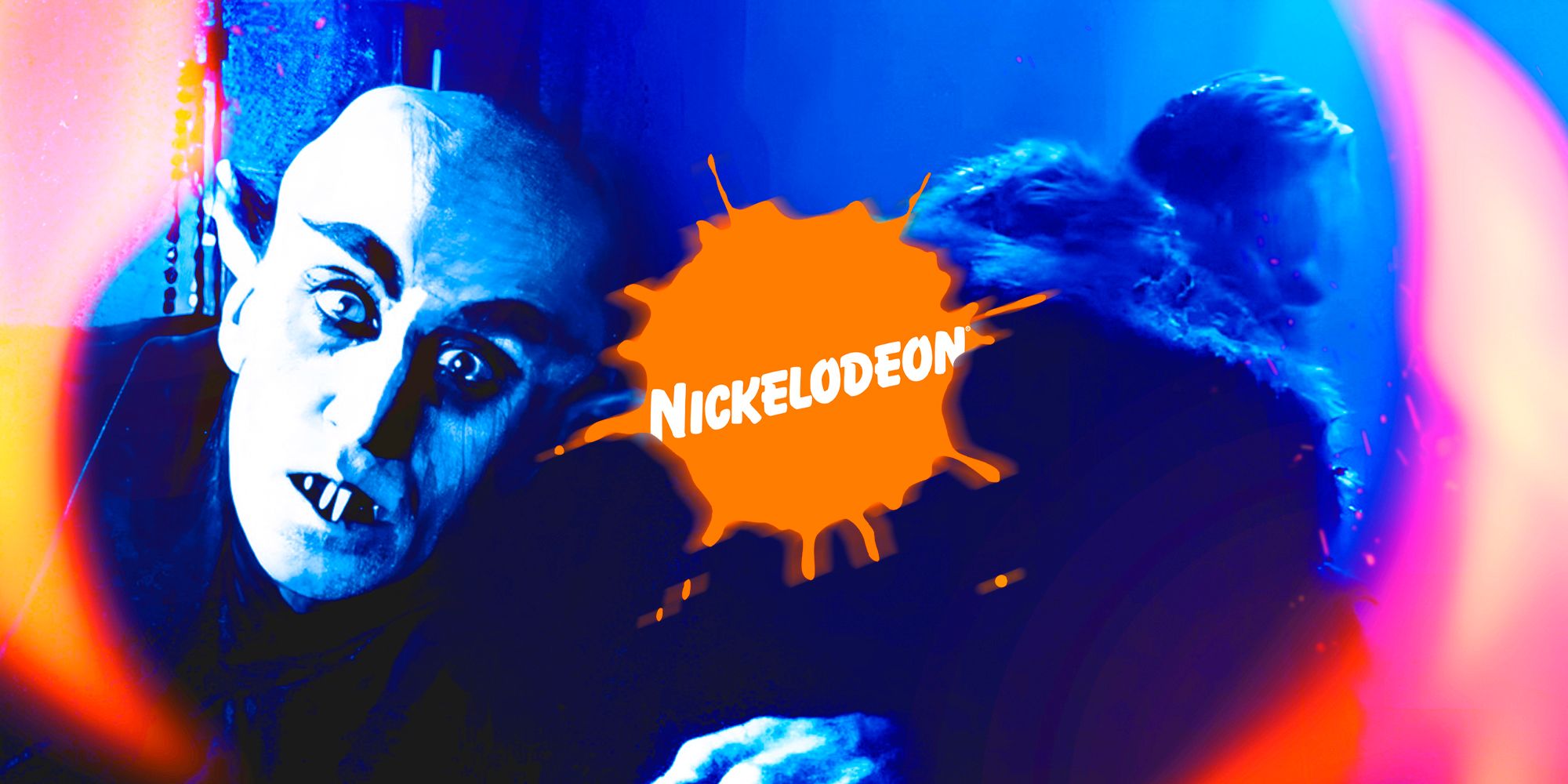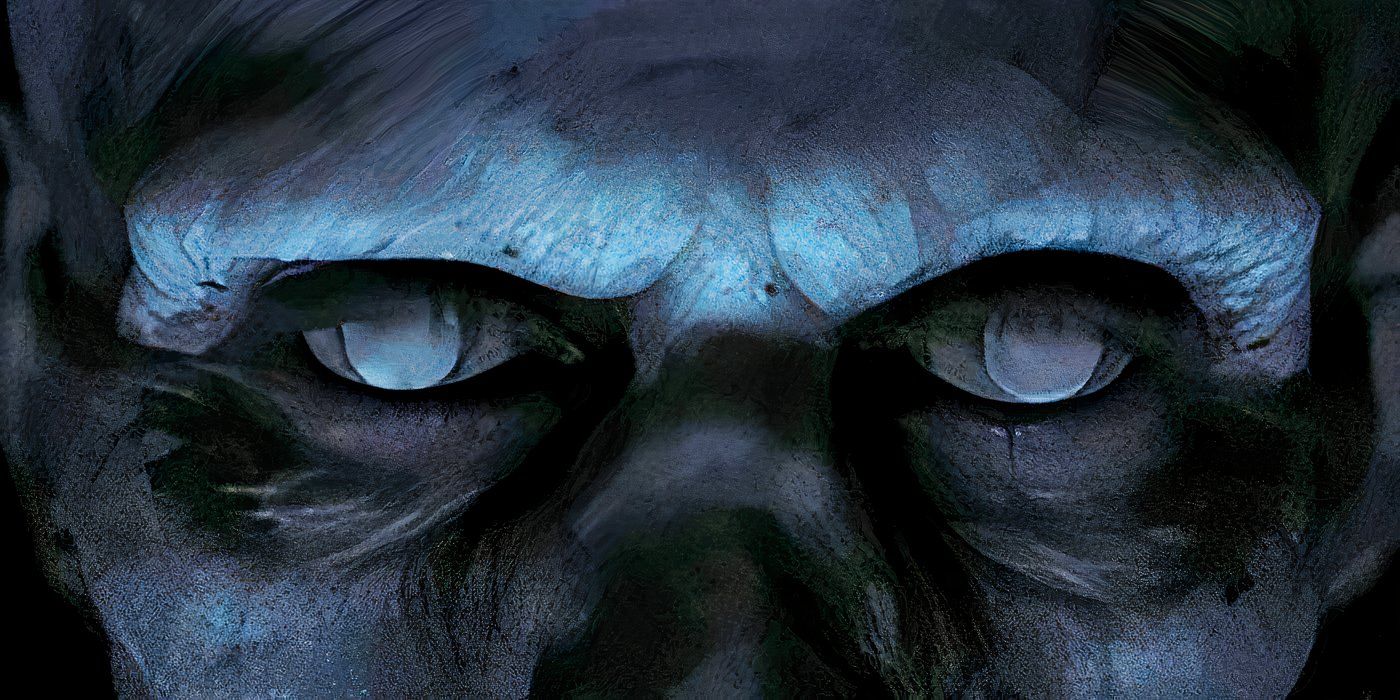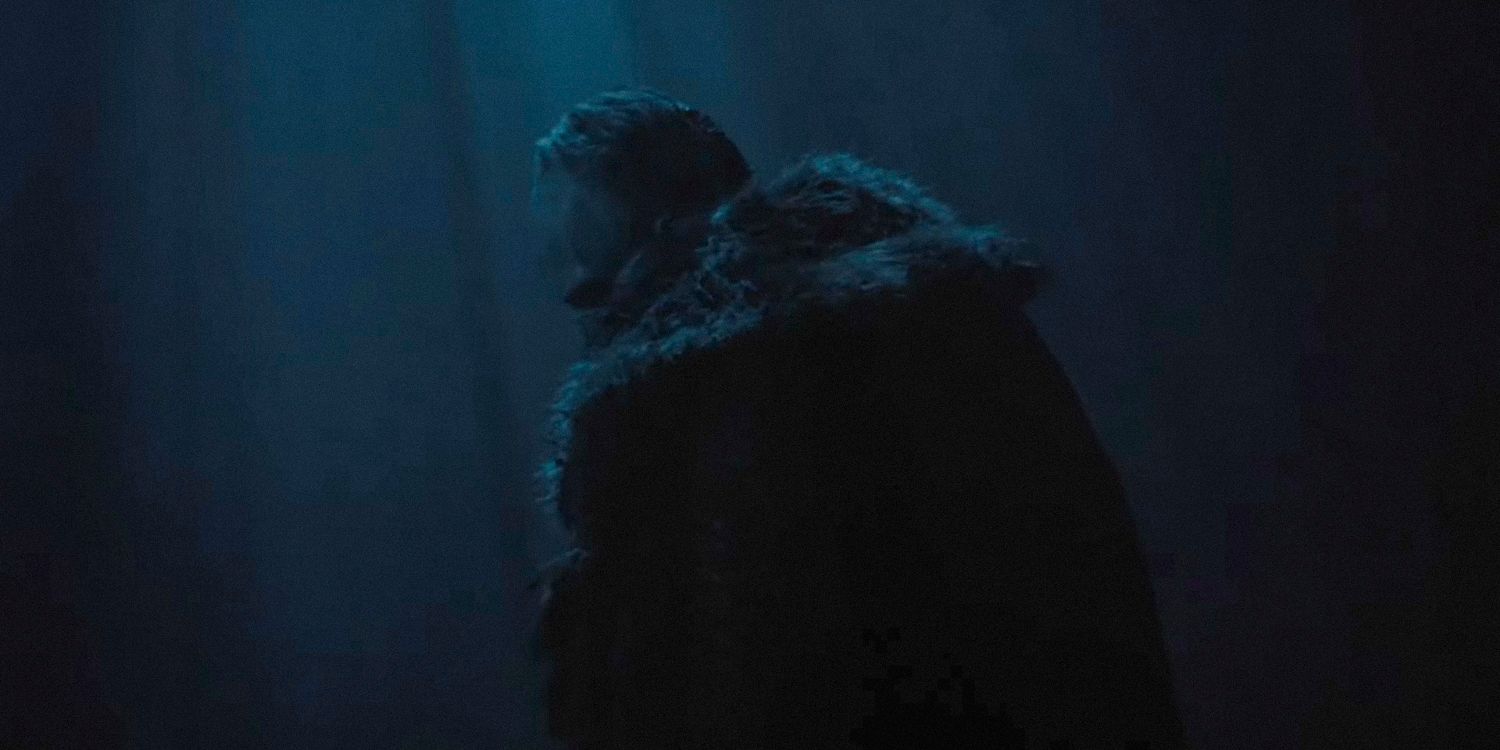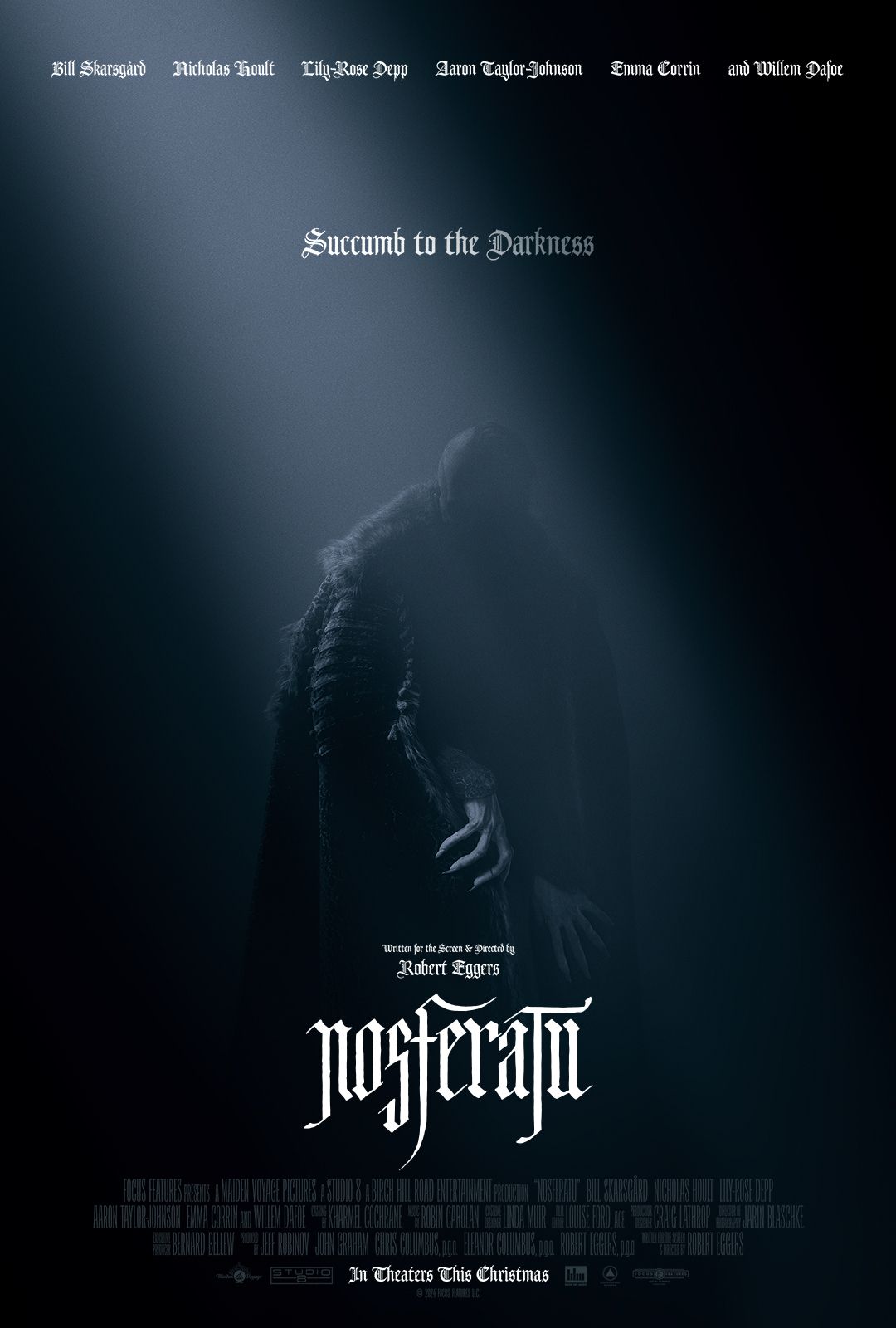The star of Robert Eggers’ Nosferatu is Bill Skarsgård’s Count Orlok, whose terrifying set of abilities is pulled directly from Romanian folklore. The fourth film by Robert Eggers, Nosferatu sees Skarsgård’s Orlok torment an entire seaside city in Germany after journeying from his castle in Eastern Europe. Both Count Orlok and his inspiration Count Dracula hail from Transylvania, a real region in present-day central Romania, nestled between the Carpathian Mountains and the Transylvanian Alps. The vampire mythology at the heart of their stories is adapted from the real-world lore of that part of the world.
However, the powers of Robert Eggers’ Count Orlok go far beyond those of a typical vampire from Romanian folklore. What makes Count Orlok so dangerous and terrifying is that he is more than just a member of the undead in search of blood. Count Orlok is a plague unto himself in a very literal sense, with the ability to spread his particular brand of evil and death to many people at once. What sets him apart from other vampires is revealed in Nosferatu, and it’s an origin pulled directly from the tales passed down in Transylvania.
Related
Robert Eggers’ New Vampire Movie Has A Connection To A Classic Nickelodeon Kids Show, And It’s Not Spongebob
Robert Eggers’ Gothic horror movie has a connection to one of Nickelodeon’s most beloved kids’ shows aside from its well-known Spongebob tie.
Orlok Was A Dark Wizard Before He Became A Vampire
The Nuns Who Rescued Thomas Put A Name To His Evil
The reason that Nosferatu‘s Count Orlok is so much more powerful than an average vampire goes all the way back to Orlok’s life before he became a member of the undead. When Thomas Hutter is rescued from the river by the nuns of the Eastern Orthodox abbey, he alarms them all by shouting Orlok’s name as he stirs from his fevered nightmares. It prompts the elder schema-abbess to warn Thomas (through a young nun who acts as her translator) about the level of evil that he has encountered.
|
Nosferatu – Key Details |
|||||
|---|---|---|---|---|---|
|
Movie |
Release Date |
Budget |
Box Office |
RT Tomatometer Score |
RT Popcornmeter Score |
|
Nosferatu |
December 25th, 2024 |
$50 million |
$56 million (and counting) |
86% |
75% |
She tells Thomas that Orlok was a black magician in life, and even names him as one of the Solomonari. As a dark wizard, Orlok sought a way to conquer death, and as a result he found an infernal solution. Due to his evil, the Devil “preserved his soul that his corpse may walk again,” as the abbess tells Thomas. The black magic he practiced in life is why he is so much more powerful than the average vampire, like the one killed by the Romanian wanderers in the town at the foot of the mountains.
What Romanian Folklore Says About The Solomonari
They Are Among The Most Dangerous Beings In Eastern European Folklore
The Solomonar began their lives as average people, but were recruited to study at the Scholomance, a school of dark magic located in Transylvania run by the Devil himself, if some legends are to be believed. As servants of the Devil, the Solomonari learn how to communicate with animals, control and manipulate the weather, and most notably ride dragons. Some accounts indicate that the Solomonari had a book containing all of their knowledge, which is something that Robert Eggers adopted for Nosferatu; Herr Knock has such a book in his office in Wisborg.
The mustache, traditional robes, and fur hat that Orlok wears when Thomas Hutter first meets him are all indicative of how old Orlok is; in life, he was likely a practicing Solomonari in the 1400s-1500s, at least 300 years before he invades the mind of Ellen Hutter.
While the Solomonari are traditionally disguised as beggars and come from the peasantry, it’s clear that Eggers adapted the legend of the dark wizards in creating his Count Orlok. The vampire was a Transylvanian nobleman in life, who sought out dark magic as a way of achieving immortality, and from there he was transformed into the vampire that haunts Ellen Hutter and the city of Wisborg. His psychic abilities are evidence that the magic he learned as a Solomonar was not lost when he became a vampire, which is why he is able to manipulate those around him.
Count Orlok Is A Fusion Of Multiple Romanian Folk Monsters
He Shares Traits With More Than The Solomonari
It’s clear that Eggers took a deep dive into Romanian folklore to craft the character of Count Orlok, as his vampire has the traits of several different creatures born out of that area’s legends. Romanian folklore details two different types of vampires, the strigoi and the moroi. While the moroi are phantoms that draw energy from the living, it’s the strigoi who are associated with traditional vampirism (draining blood), and who are believed to be the basis for Bram Stoker’s original literary version of Dracula.
The reason Nosferatu‘s Count Orlok is such a memorable character is because of how much effort Robert Eggers put into researching the real-world inspiration for Eastern European vampires.
The other key entity in Romanian folklore that has echoes in the character of Count Orlok is the zburător, a ghost-like, usually handsome being who is only visible to the young women that he attacks in the night. Most accounts note that the zburător specifically attacks newly married women and does “indecent” things to them in the night, which has direct parallels to how Orlok influences Ellen Hutter. The reason Nosferatu‘s Count Orlok is such a memorable character is because of how much effort Robert Eggers put into researching the real-world inspiration for Eastern European vampires.




